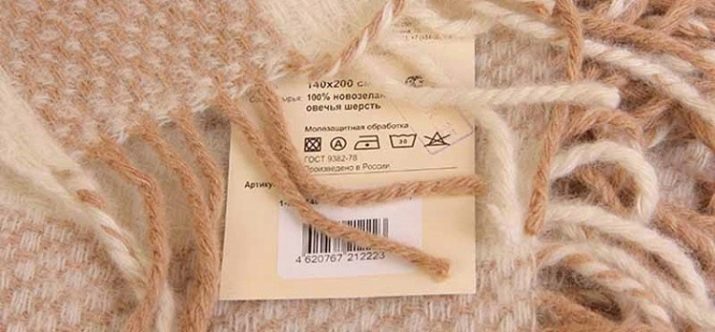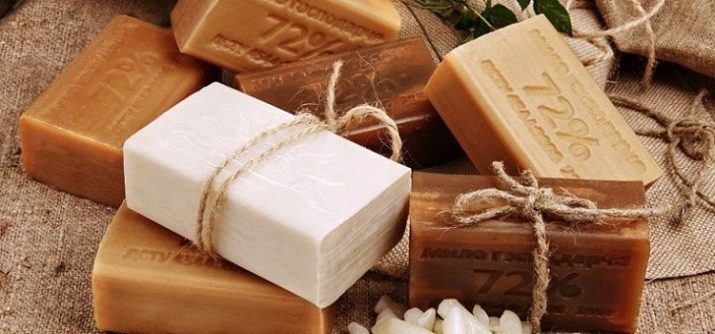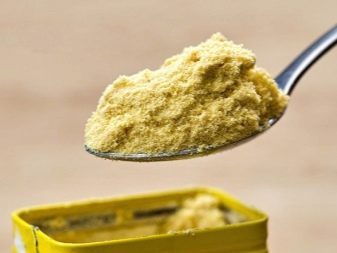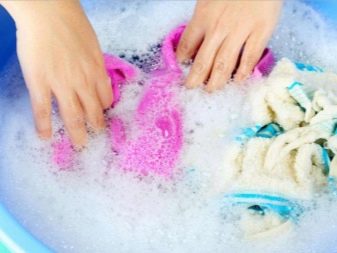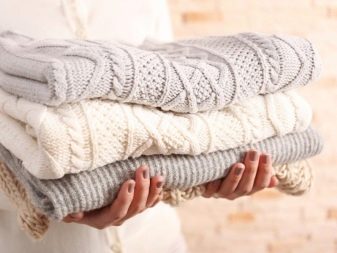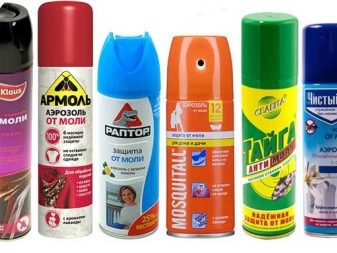How to wash wool items?

Knitted and woolen things are delicate items that require special attention. Improper care can ruin them. If you know all the secrets of proper care and washing of such things, then they will for a long time delight with their impeccable appearance.
Features
In the cold season it is so nice to wear knitted things. They allow you to feel not only warmth, but also incredible coziness and comfort. Like any other clothing, these products also need to be washed periodically. Those who are not the first time faced with knitted copies, know exactly what often do not wash them. Washing is recommended 1-2 times a year. For example, this can be done after the end of the cold season. Let's take a closer look at what other features these things have:
- You should not use a long soak if you want to save the product from unpleasant odor and dirt. Prolonged contact with hot water may cause the favorite thing to become a couple of sizes smaller or larger.
- If the product is delicate and there is a risk to spoil it at home, then it is better to take it to the dry-cleaner’s, where the professionals of their work will perfectly cope with the problem, after which they will return you the thing in its original form.
- It is worth remembering that wool products can not withstand temperature changes. In such conditions, they can be deformed. That is why in no case can you soak such delicate clothes in hot water, and then rinse them in cold. From this fiber can deteriorate and deform.
Subtleties of care and cleaning
Products made of wool do not need frequent washing, but, despite this, it is often necessary to save them at home from a persistent and unpleasant smell or any stain. You can return a clean and fragrant look to things without washing.
For example, various stains and dirt are easily cleaned (especially with felted wool products), if allowed to dry completely. You can clean the stain with an ordinary brush, but not too hard.
Thing can easily get rid of unpleasant smell. It will be enough that you wind the sweater, hat, blanket or blanket in the open air. And if the wardrobe item needs to be washed, then it should be done according to all the rules, taking into account the peculiarities of the fabric.
A cobweb, a feather scarf, a beret, or a shawl are especially in need of thorough care and more frequent washing, as they are a type of outerwear. More often it is necessary to wash socks. For products made of camel, sheep or angora yarn can not use conventional powders. It is better to replace them with shampoo. During the wash you can not twist or stretch the thing, otherwise it will lose its shape and presentable appearance.
To wool not sat down, it is necessary to observe all the rules of washing. Cashmere, for example, should be washed exclusively by hand, otherwise you can seriously damage the product using a machine wash.
Before you begin the process of washing, you need to carefully prepare items of clothing. To get started, study the product tag, which usually contains all the necessary information: at what temperature to erase, can you erase this thing in the car and other necessary data.
Be sure to check the products for integrity, otherwise after washing the small holes and tightening will become even larger.
If the product is very “fluffy”, for example, from angora yarn, then before washing it can be pre-combed using a special brush.This allows you to rid the thing of some dirt, which will facilitate the process of the main wash. In addition, this method will help to rid the clothes of the pellets and prevent their appearance.
Facilities
Many housewives try to wash the stains with the usual laundry detergent, which is used during each wash. But it is absolutely impossible to do this:
- First, many powders contain particles of bleaching agent that adversely affect knitted and wool fabrics. And after washing a thing can change its color - lighter spots will appear that will spoil the look of the product.
- Secondly, the powder means is harder washed out of the fabric of such a texture and there is a risk that after rinsing the detergent particles will still remain on things.
You can buy a special gel for washing wool items or liquid powder. Consult the seller or carefully study the composition and instructions of the tool. Such mixtures will not only thoroughly cope with pollution, but will also not damage the villi, but also make the product soft and fluffy.
It is possible to wash things with soap. With shampoo, you can also wash a sweater or hat. Why these funds? They foam well in cold water (unlike powders that need hot water).
You can try the "Grandma" method, which helps in many cases. But it is suitable only for dark things. You will need the most common mustard powder:
- 100-150 g of dry mustard must be dissolved in a glass of warm water.
- After an hour, the liquid should be drained to make sure that no powder particles get on the clothes.
- Then this concentrate needs to be poured into a basin with warm water and can be washed.
White things can be bleached with the help of pharmacy tools. This is about hydrogen peroxide:
- It will be enough to add 1 hl of peroxide to the basin with water.
- Then you need to immerse there a white wool product for an hour.
- After that it should be washed in the usual way.
This method will help not only maintain the whiteness of a sweater or cap, but also relieve them of the yellow spots that appear over time.
Temperature conditions
During hand washing, remember that the water temperature should not exceed 30 ° C. You can measure it with a normal baby bathing thermometer. If you use powder, make sure that it is completely dissolved in water. Only then immerse things in the cleaning composition.
If you decide to wash the item in the washing machine, then you should read the information on the tag. Find out at what temperature in degrees it can be cleaned. It is advisable to wash clothes from wool at a temperature not exceeding 40 ° C. In modern washing machines there is a “wool” mode, which will help to wash things in the correct temperature mode (without using a strong spin).
If there is no such option, then you can use the programs “delicate” or “hand wash”. It is possible to refuse spinning at all not to damage a product.
Washing Methods
If you wash things with your hands, remember that you can not soak them longer than 10-15 minutes. During washing do not twist the product, do not rub it too aggressively, so as not to damage the delicate fibers. Try to handle clothes extremely gently and carefully. Consider the fact that such woolen things strongly “drink” water, so you need to soak clothes in large quantities.
After washing by hand, also caress things in water of the same temperature (that is, warm). If you do it in cold water, the product will deteriorate due to the temperature difference. Remember that from Too cold liquid knitted things strongly stretched, and from too hot - sit down.
Rinsing should occur in several stages. The final version should be in barely cool water, which will help to finally get rid of detergent on the fabric.
Wash things in a typewriter if you have a delicate mode. You can find out information on this by car, near the settings or in the manual. If in your equipment there is no delicate spin and mode that will allow you to wash clothes at low temperatures and low revs, then it is better not to risk and clean the thing manually.
Before sending a thing to the drum, be sure to turn it on the wrong side. Once the process is complete, open the door, but do not get clothes. Let all excess water be drained, and then you can extract the contents of the drum and begin the drying process.
How to dry?
A lot depends on proper drying too. You can wash things by all the rules, keeping their shape and color, but during drying they ruin them. To avoid trouble, you should remember all the rules of drying woolen clothes:
- Spread a large towel on a flat surface. It is better to use a terry cloth (it absorbs moisture better).
- Carefully place the washed item on it. Straighten it, but do not stretch or fold it to dry properly.
- As soon as the towel becomes wet, it can be replaced by another. Repeat these steps until the product is completely rid of excess moisture and dries out completely.
- Thing needs to be periodically turned to the other side.
Things should never be hung on a rope or a hanger during drying. Because of this, clothing made of wool is easily deformed and will have to be washed again in order to return to its former appearance.
Try not to dry things on radiators and batteries. You should not save them from excess water and on the street in direct sunlight. Choose a cool, but windy day.
In order to properly dry the cobweb or downy shawl, you will need a wooden frame:
- To start, spare the washed product from excess moisture, as described above.
- Stretch it on the frame, carefully nailing it.
- It is better to expose the frame to a draft, and then leave it until it is completely dry.
- After that, you can iron the thing in a weak mode.
- Ironing must pass through cheesecloth.
The cap is best to dry on any subject. Every housewife comes up with something different. Someone dries on the vase, someone on the balls. The main thing is to dry the cap so that it does not lose its shape.
Dry things on the balcony or in another room. Remember to do this away from the kitchen and the street, as the smells of cooking food or tobacco smoke can be absorbed into the product.
Tips and tricks
And a few more secrets that will help you extend the "life" of your favorite things:
- To prevent things from fading before washing, you can safely add a couple of tablespoons of vinegar (no more than 25%) to the basin with the prepared soap solution.
- Products made from Angora wool should be washed with shampoo. And don't forget to rinse your clothes more thoroughly. It is better to do this several times.
- If the item is too dirty, then water should be changed several times during hand washing.
- Dark stains from the product of white color will help to bring regular citric acid. Wet problem area, sprinkle with powder on top and leave for an hour. After that, you can start the usual washing.
- If, after washing, your favorite thing in the village, then the correct method will help bring it to its former state: soak a piece of clothing with water with a spray gun, carefully iron it, gently stretching it.
- Also sat down things you can return to the old look with a home steamer.
- To make sure that the colored thing will not fade, it is enough to dip the thread of the product in hot water, and then wrap it in cotton fabric. After some time, it will either stain the fabric or not.
- Be sure to use air conditioning to soften the fabric, as well as return it to its previous appearance.
- Gentle shawls and knitted shawls should be stored in linen bags so that they do not deteriorate over time.To store other products made of wool, too, must be stored especially delicately.
- To keep your sweater or cardigan out of shape, keep them folded in a closet, not on a coat hanger. Remember that on top of them should not be heavy things.
- If the item is washed in the washing machine without turning on the wrong side, the pile will be damaged, and the product will look untidy.
- Never pour powder or pour gel onto problematic, contaminated sites. Detergent must be dissolved in water, otherwise the item of clothing can be spoiled.
- Things from wool should be ironed only from seamy side. Be sure to see the recommendations on the label (regarding the ironing temperature).
- Before cleaning winter clothes for storage in the closet for the summer period, be sure to clean them, ventilate, and, if necessary, wash. Do not clean them in a dirty manner.
- Before washing in the car, make sure that the buttons are well fixed on the clothes.
- Spider webs and other light products never lay down (under a pile with other clothes). Under the weight of the thing will be deformed.
- Be sure to place in the closet a special tool that will prevent damage to woolen things, and also protect them from the appearance of moths.
For details on how to wash woolen items by hand, see the following video.


